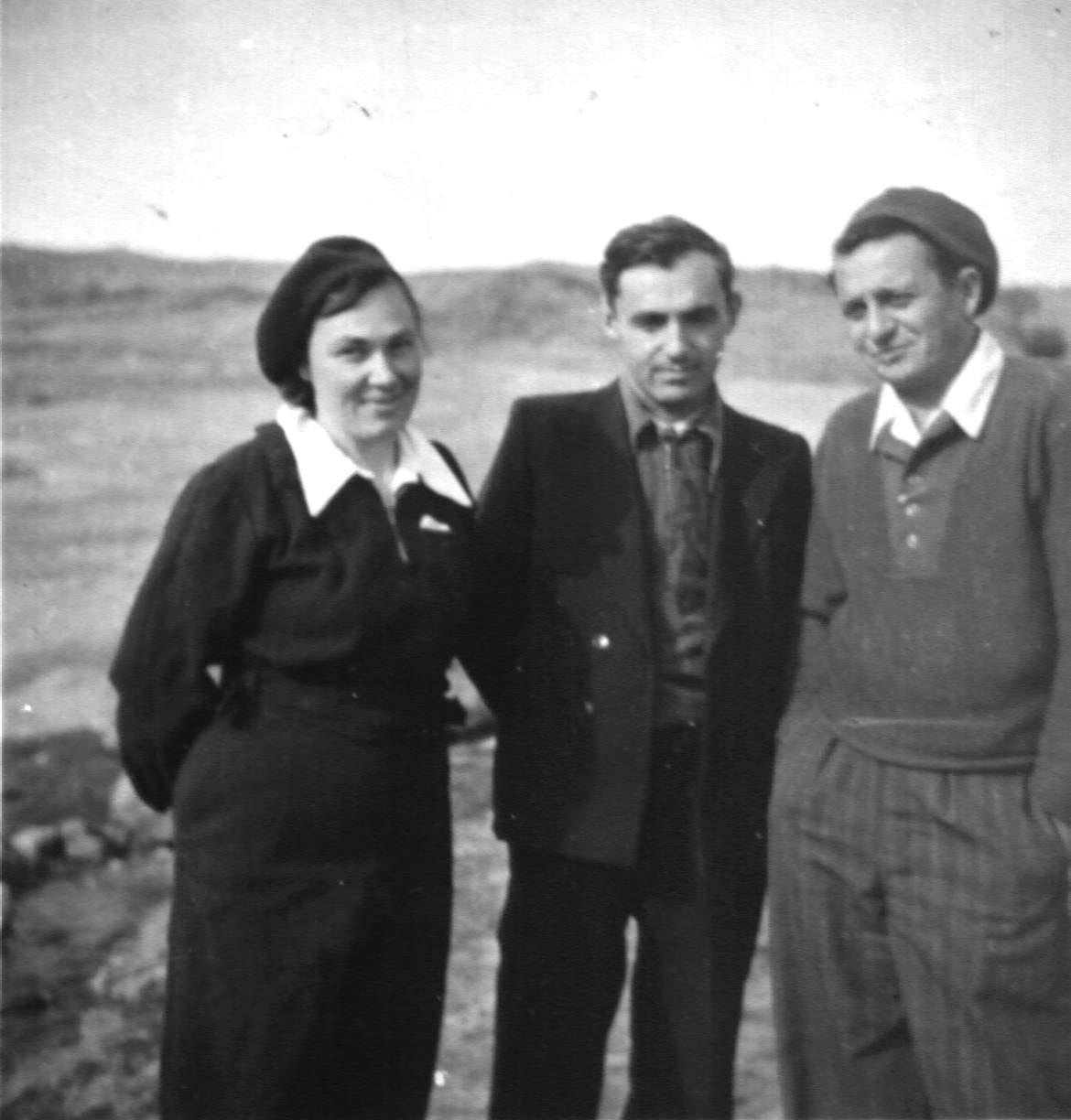
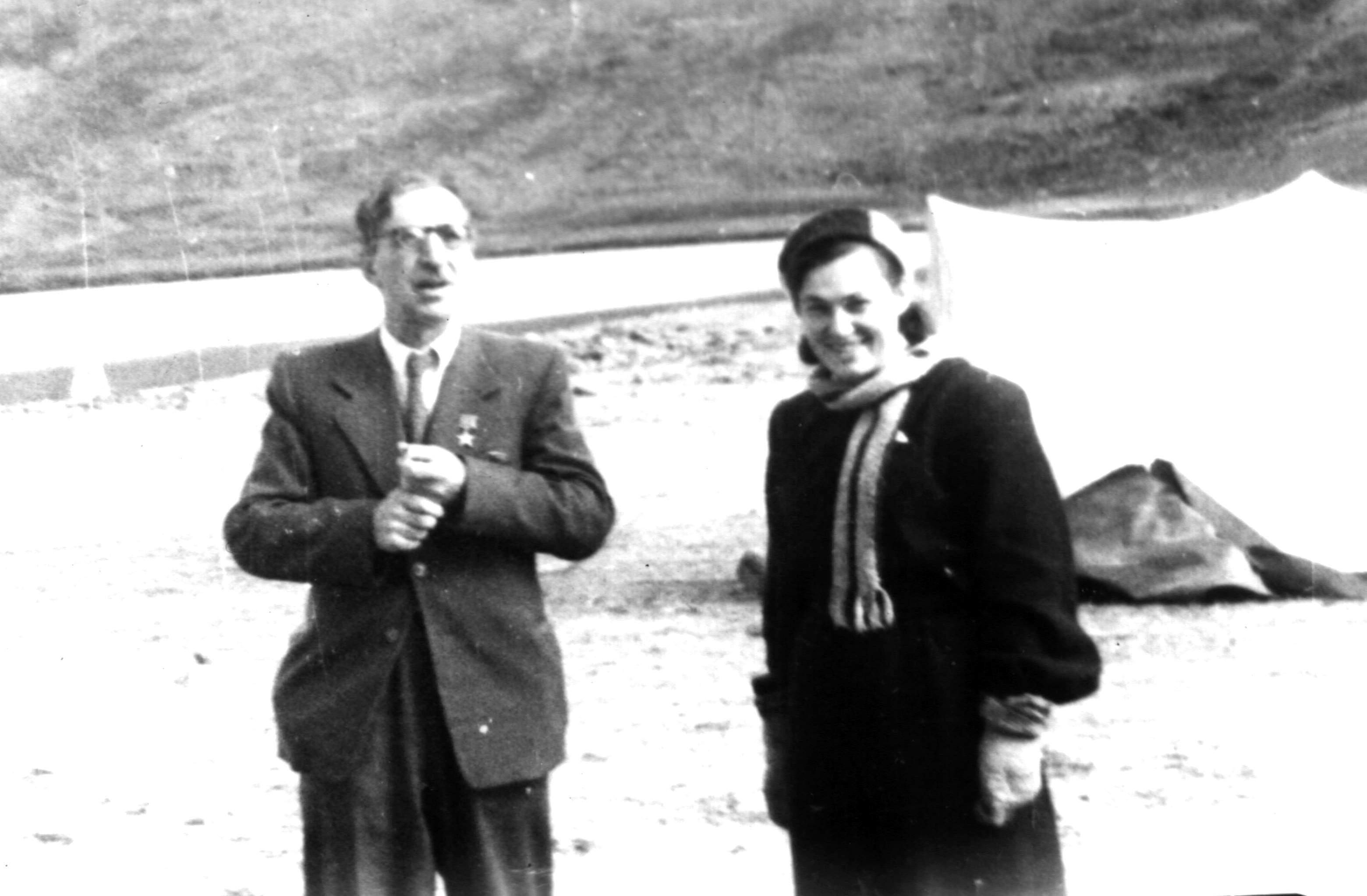
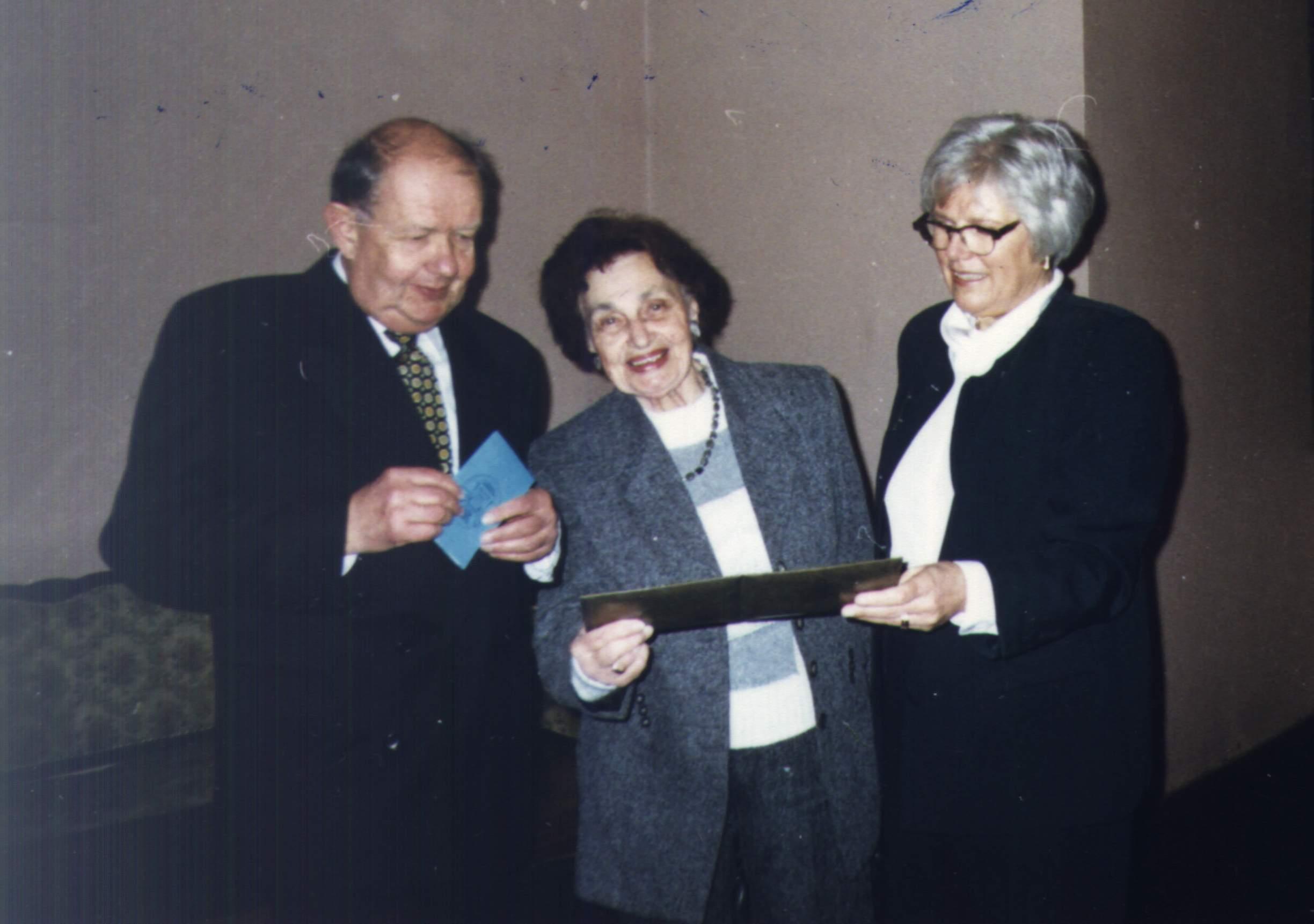
The development and traditions of physics in Armenia are connected with the name of A.A.Alikhanian, famous Soviet physicist and one of the founders of experimental nuclear physics in USSR. In 1942, Alikhanian began his well known cosmic ray research in Armenia. The high altitude cosmic ray laboratory, founded in 1942 and still in operation on the Mount Aragats near Yerevan, as well as Yerevan Physics Institute were headed by him for more than 30 years. By Alikhanian's initiative and under his leadership in the fifties the construction one of the greatest in the world electron accelerator started in Yerevan. Beginning with 1962 Alikhanian was organizer and leader of International Schools of Physics in Armenia, which played great role in development of elementary particle physics both in Armenia and in Soviet Union.
Many women started their life in physics under leadership and with assistance of Alikhanian.
|
|
|
|
|
|
Tina L. Asatiani began to work under leadership of Alikhanian in 1942 at Cosmic Ray Investigation Aragats Station. Now she is a distinguished scientist and public figure well known both in Armenia and internationally. Professor Emeritus of the Yerevan State University and member of the National Academy of Sciences of Armenia, Tina L. Asatiani has been awarded the title of honorable scientist of Armenia. With her scientific activities of broad horizon, with more than two hundred publications in international journals of considerable impact in particle and cosmic ray physics, Tina L. Asatiani is holder of many honorable awards and prizes and has distinctly influenced the development of the field, in Armenia, in particular.
Tina L. Asatiani was happily married, has two daughters, four grandchildren and grand-granddaughter.
In the pictures Tina L. Asatiani with her husband physicist A.T.Dadayan and A.A.Alikhanian on the Mount Aragats in 1943, with President of Georgian Academy of Sciences N.N.Muskhelishvili on the Mount Aragats in 1945 and with Prof. G.Songen (DESY) and his wife in 1998.
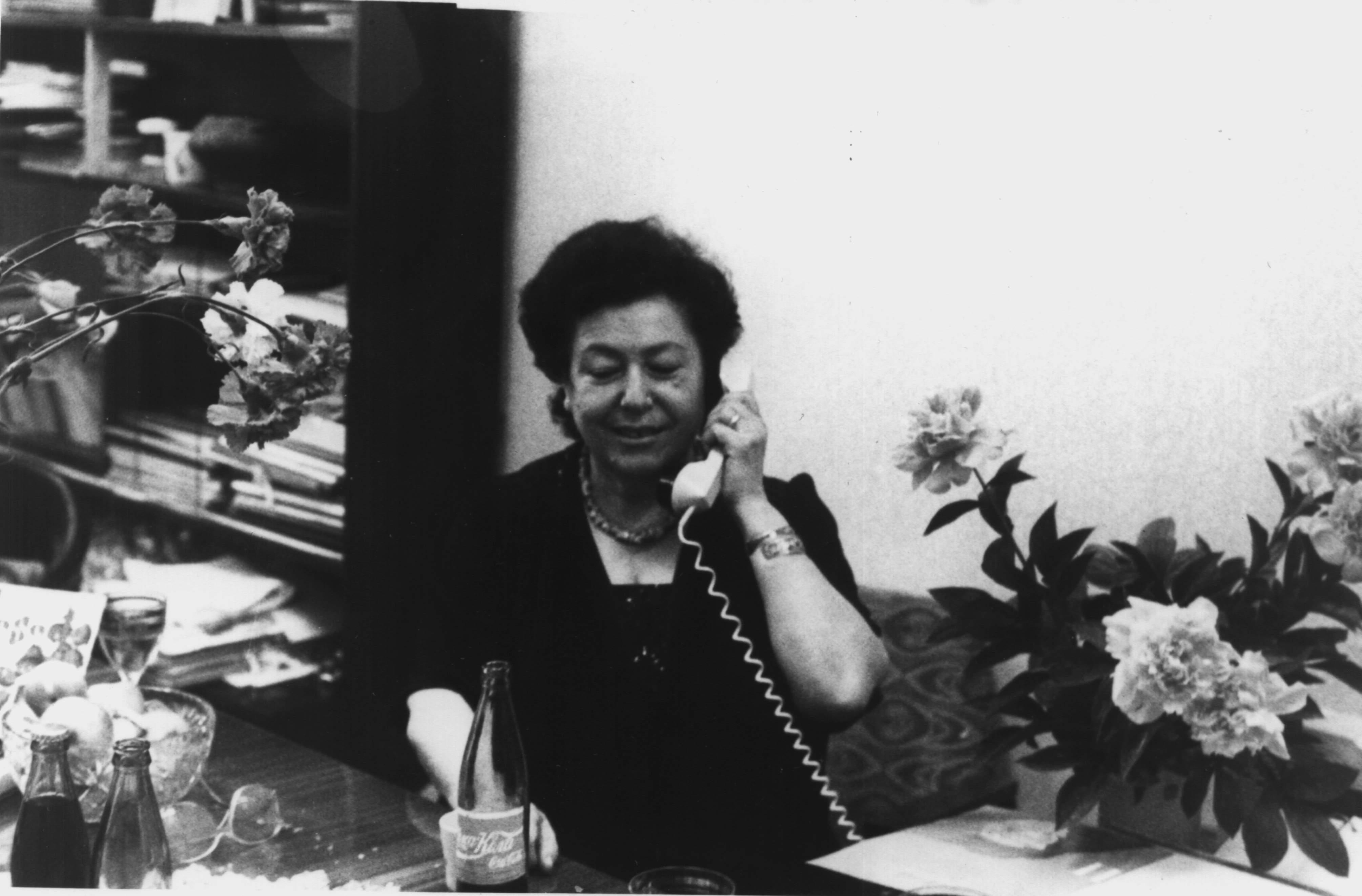
More than 40 years Aida B. Akopova is the Head of the Yerevan Physics Institute's Laboratory on treating of nuclear emulsion, which was founded by Alikhanian's initiative. Last 25 years this Laboratory carry out experiments on investigation of radiation conditions inside and outside of airplanes, as well as of Soviet cosmic apparatuses and American "Space-Shuttle". The unique information is obtained on the influence of radiation on astronauts and crew and passengers of airplanes. The results of these investigations are summarized in more than 20 publications in international journals and presented in numerous international conferences.
Aida B. Akopova is happily married, has daughter and son and three grandchildren.
In the picture Aida B. Akopova is on her 60th anniversary in her office.
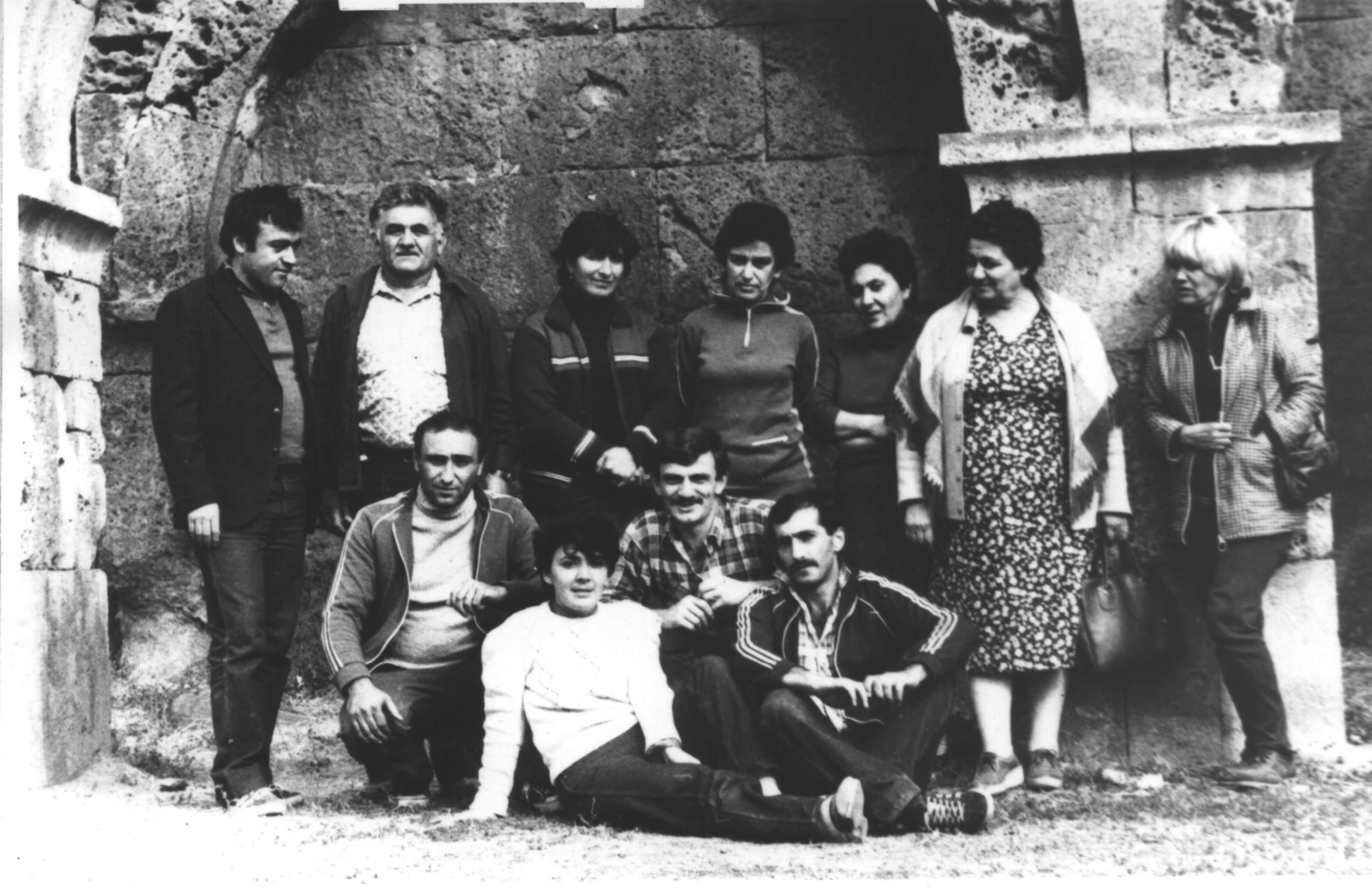
Zemphira A. Kirakosyan was working in Yerevan Physics Institute since 1952. Beginning with 1974 till 1998 when she died of cancer she was Head of Laboratory on investigation of film information. The Laboratory has broad relations with World Physics Centers, in particular, with JINR (Dubna, Russia) and CERN (Switzerland).
laboratory In the picture Zemphira A. Kirakosyan (second from right) on the weekend with her at ancient church Odzun on Armenian mountains in 1984.
On the example of these three women we would like to show that in traditions of physics in Armenia there is no discrimination of women-physicists.
Now in Armenia there are five scientific research institutes and the Yerevan State University's physics facility, where researches are carried out in almost every field of physics. A large number of women physicists are involved in the work at these institutions, among them two members of National Academy of Sciences, six doctors of science and 43 doctors of philosophy. (In 1996, the population of Armenia was 3.8 million.)
The women physicists of Armenia pursue theoretical and experimental research in the following fields:
|
High-energy and elementary particle physics |
Cosmic-ray physics |
|
Nuclear physics |
Gravitation |
|
Cosmology |
Biophysics |
|
Nonlinear optics |
Laser physics |
|
Superconductivity |
Physics of crystals |
At present the flow of young women into physics remains steady; however, they, as well as the young men and older physicists, are experiencing difficult times because of the dissolution of the Soviet Union, which has created a general worsening of the situation in the former Soviet republics and meager funding.